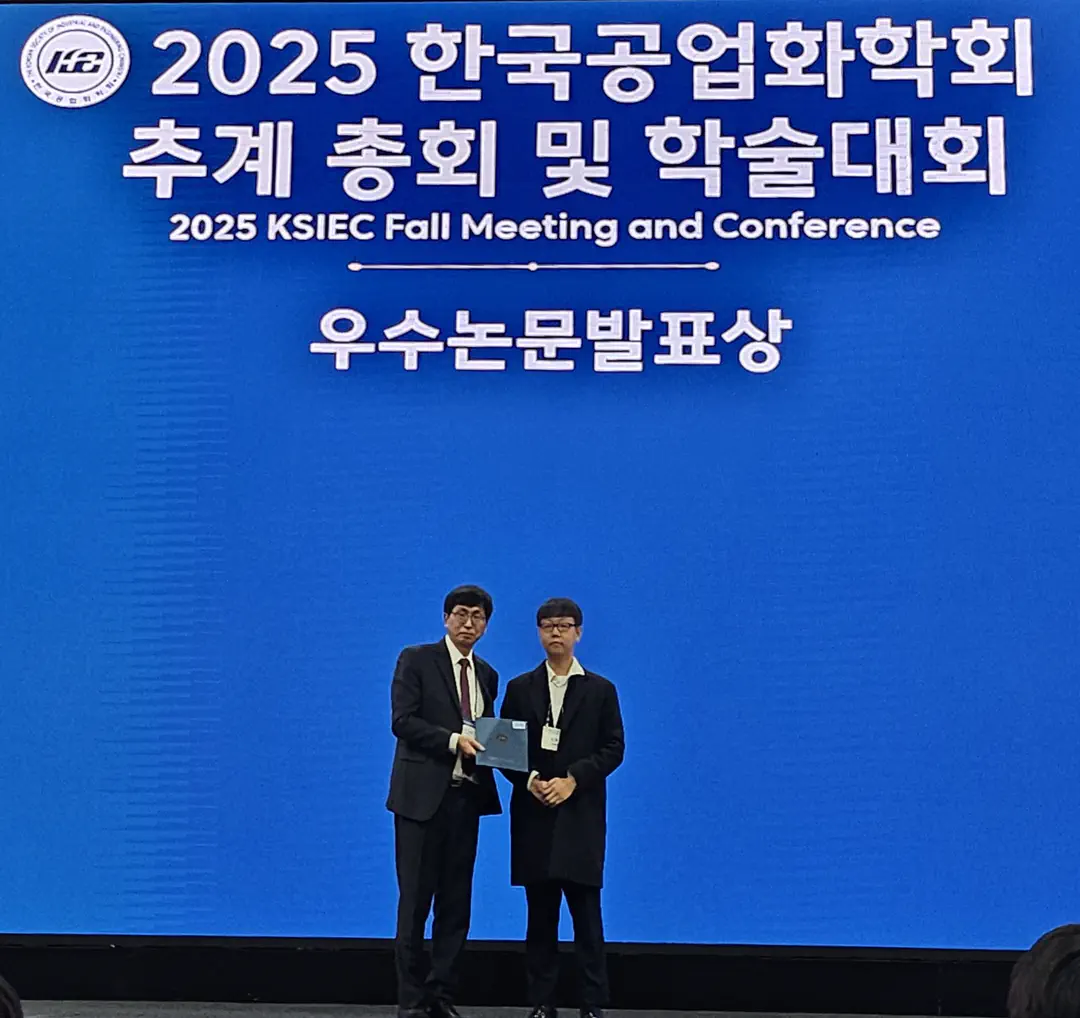MISSION
To accelerate the transition to a renewable energy society by discovering new materials, chemicals, and processes through multi-scale simulation and data science.
RESEARCH
We interface multi-scale materials simulation and data science. Specifically, we develop innovative methods that accelerate materials design.
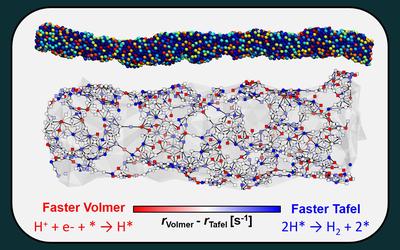
Latest Publications
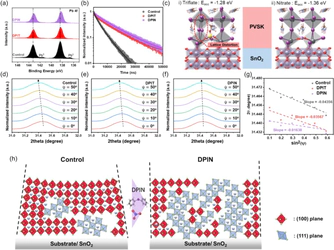
Additive engineering is increasingly being recognized as a critical strategy in the two-step fabrication of perovskite solar cells (PSCs), where the morphology and crystallinity of the initial PbI2 layer strongly influence the subsequent perovskite conversion and interfacial quality. In this study, we addressed the limited understanding of anionic effects in additive engineering by incorporating diphenyliodonium (DPI)-based ionic additives with various counter anions into a PbI2 precursor to control early stage crystallization. The nitrate-based additive (DPIN) promoted the formation of a porous PbI2 framework, enhancing the diffusion of organic halides and enabling complete perovskite conversion. Furthermore, DPIN promoted preferential crystal growth along the (111) facets, particularly in deeper regions of the film, as revealed by grazing-incidence X-ray diffraction (GIXRD). Backside characterization confirmed an improved buried interface morphology with reduced residual PbI2 and fewer pinholes. Density functional theory (DFT) calculations revealed that nitrate ions effectively passivate iodine vacancies at the SnO2/perovskite interface while preserving lattice integrity. These combined effects result in enhanced film quality and device stability. The DPIN-treated device achieved a power conversion efficiency of 25.65 % and retained 95 % of its initial efficiency after 1050 h of ambient storage, along with over 90 % retention under continuous illumination for 500 h, highlighting the dual benefits of nitrate-assisted crystallization and interface engineering.
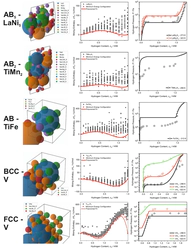
Metal hydrides are promising materials for storing, compressing, and purifying hydrogen by reversibly absorbing and releasing it. Accurate first-principles based prediction of the pressure–composition–temperature (PCT) relationships of metal hydrides can enable predictive optimization of hydrogen capacity and sorption pressures. In this work, we introduce a novel computational framework that integrates density functional theory (DFT) with a Python-based PCT Simulation Toolkit to predict PCT diagrams with high accuracy. By using only structural input data from the metallic phase, this toolkit automates the detection of interstitial voids, generates input files for DFT calculations, and constructs thermodynamic models based on para-equilibrium principles. We validate this approach across four major metal hydride classes– BCC alloys, AB5, AB2, and AB compounds– and demonstrate that even with minimal computational effort, key hydrogen sorption characteristics can be reliably determined. To evaluate the influence of exchange and correlation, we tested three different functionals– PBE, PW91, and r2SCAN– while applying the quasi-harmonic approximation to incorporate vibrational free energy contributions. Our results show that hydrogen capacity predictions achieve a mean accuracy of 95%, while sorption pressures are modeled within one order of magnitude of experimental values. Furthermore, we successfully extend this methodology to the BCC NbTiV multicomponent system, demonstrating its capability to construct comprehensive thermodynamic databases. This framework enables rapid and accurate exploration of known metal hydrides to design optimized alloys for new applications. Additionally, it serves as a predictive tool for designing novel hydrogen storage materials.
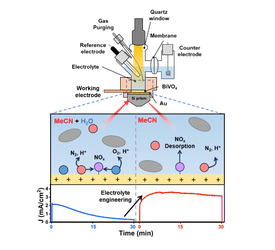
Ammonia oxidation reaction (AOR) offers a promising carbon-free hydrogen production pathway under ambient conditions, yet practical implementation faces critical challenges from catalyst deactivation and competing side reactions in aqueous systems. We present an electrolyte-engineered approach to photoelectrochemical (PEC) AOR that enables both enhanced hydrogen production and reversible catalyst regeneration. By employing a non-aqueous acetonitrile electrolyte at the BiVO4 photoanode, we suppress competing oxygen evolution and NOx poisoning, achieving a 6.9-fold higher hydrogen yield than aqueous systems. Spectroscopic and electrochemical analyses reveal that catalyst deactivation in water is not permanent but dynamically reversible upon re-exposure to non-aqueous environment, emphasizing the solvent-governed interfacial behavior. This electrolyte-engineering approach proves broadly applicable across metal oxide photoanodes (BiVO4, WO3, α-Fe2O3), establishing a universal design principle for PEC AOR systems. Our findings redefine the role of electrolyte composition in governing interfacial pathways and provide a practical framework for developing high-efficiency ammonia-to-hydrogen conversion platforms with enhanced durability and flexibility.
Latest News and Gallery
